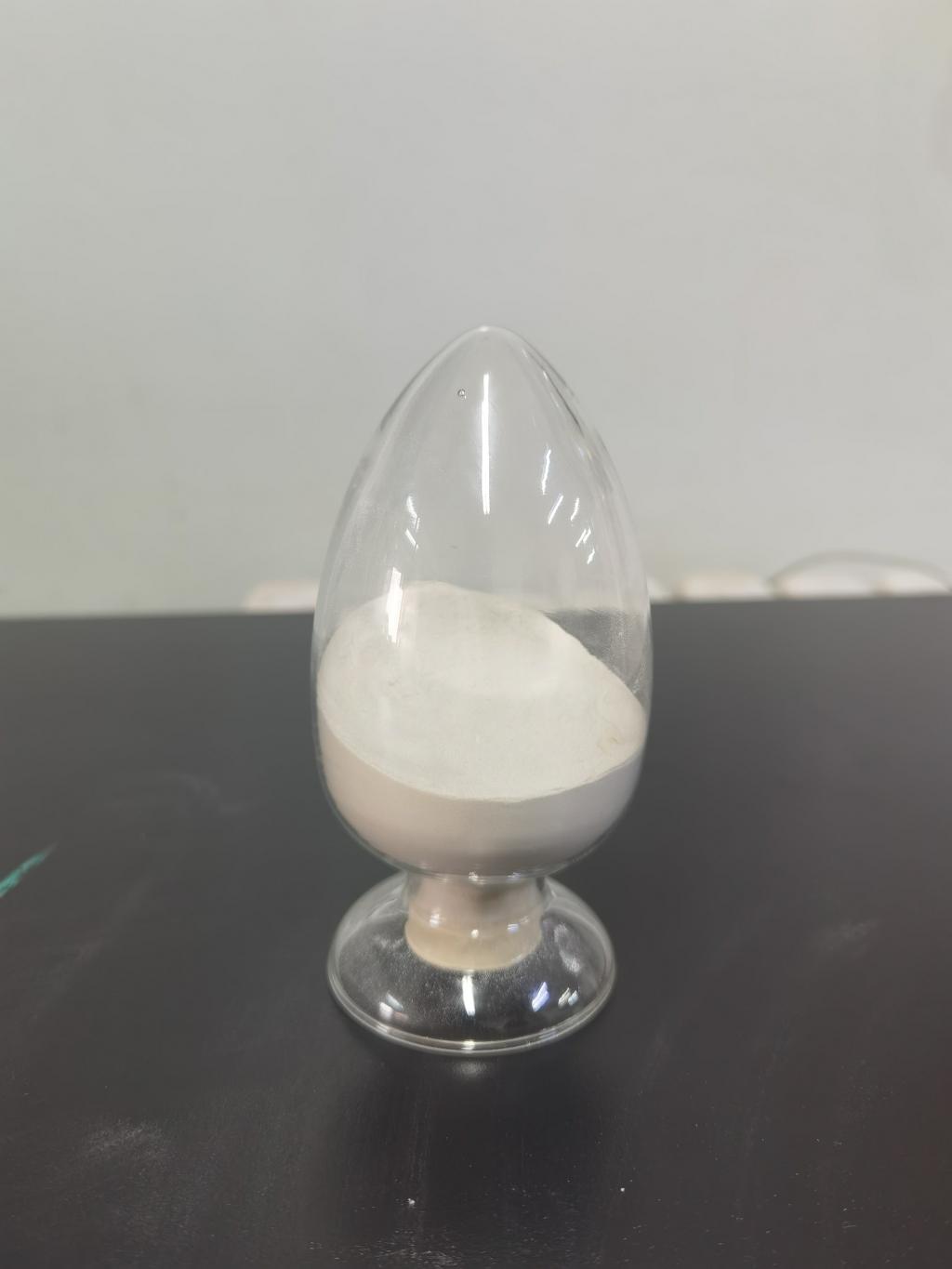Tel:+8618231198596

News
 CONTACT
CONTACT
 CONTACT
CONTACT
- Linkman:Linda Yao
- Tel: +8618231198596
- Email:linda.yao@dcpharma.cn
- Linkman:CHARLES.WANG
- Department:Overseas
- Tel: 0086 0311-85537378 0086 0311-85539701
News
Nisin’s role in controlling bacterial contamination in processed seafood is a growing area of study.
TIME:2024-09-12
What is Nisin?
Nisin is a type of bacteriocin, which is a protein produced by certain bacteria to inhibit the growth of closely related bacterial strains. Specifically, nisin is produced by the lactic acid bacterium Lactococcus lactis and has been recognized for its effectiveness against a wide range of Gram-positive bacteria, including pathogenic species such as Listeria monocytogenes, Staphylococcus aureus, and certain strains of Clostridium.
Benefits of Using Nisin in Seafood Preservation
The use of nisin in processed seafood offers several advantages over traditional preservatives:
Safety: Nisin is generally recognized as safe (GRAS) by regulatory authorities like the U.S. Food and Drug Administration (FDA) and the European Food Safety Authority (EFSA). This makes it an attractive option for food manufacturers seeking to enhance product safety without compromising on consumer health.
Efficacy Against Pathogens: Nisin is particularly effective against spoilage organisms and pathogens that can cause serious illness if consumed, making it a valuable tool in maintaining the microbial quality of seafood products.
Minimal Impact on Flavor and Texture: Unlike some chemical preservatives, nisin does not significantly alter the sensory characteristics of food, thereby preserving the natural taste and texture of the seafood.
Synergistic Effects: When used in combination with other preservation techniques such as refrigeration, modified atmosphere packaging, or the addition of other natural preservatives, nisin can provide enhanced protection against bacterial growth.
Challenges and Considerations
Despite its numerous benefits, the application of nisin in processed seafood is not without challenges. Some of these include:
Resistance Development: There is a concern that prolonged use might lead to resistance among bacterial populations, necessitating careful monitoring and controlled usage.
Effectiveness Against Gram-Negative Bacteria: Nisin is less effective against Gram-negative bacteria, which are common in seafood environments. This limitation may require the use of additional preservatives or processing methods.
Cost: The cost of producing nisin can be higher compared to conventional preservatives, which could impact the economic feasibility of its widespread adoption.
Future Directions
Research into the role of nisin in controlling bacterial contamination in processed seafood continues to evolve. Ongoing studies aim to explore more efficient production methods, better understand the mechanisms behind nisin's antimicrobial activity, and investigate its efficacy when combined with other preservation technologies. As the food industry seeks sustainable and safe ways to extend shelf life and ensure food safety, nisin represents a compelling alternative that aligns with growing consumer preferences for natural and minimally processed foods.
In conclusion, while there are still hurdles to overcome, the potential benefits of using nisin in processed seafood preservation make it a promising area of research and development within the food science community.
- Tel:+8618231198596
- Whatsapp:18231198596
- Chat With Skype







